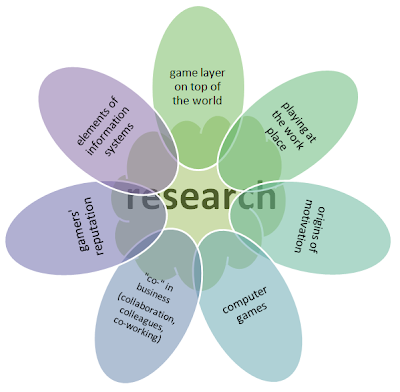The proposal is divided into three main sections.
1. Personal Qualification and Background Information; approximately half a page in length, this section spoke briefly of the root of their research interest and the various experiences that 'reinforced' their interest. Spoken in the past-tense, each experience also cited their role and the general benefit of each experience.
2. Relevant Course Work; at only a single paragraph, the smallest section, the author quickly describes their program and what courses they will be taking this year to help prepare for this research. A variety of course types was stressed (theory, practical, research) and connected back to how this will help conduct research.
3. Proposed Master’s Research; the bulk of the proposal, just over a page, the author subdivides this section into three main areas:
3A. Previous findings; as this research is an extension of previous work, there is a discussion of what has already been done (with citations of author and date) and the gaps in the research they wish to fill in.
3B. Methodology; a two paragraph overview of the approach of the research. Most of the sentences are action oriented (‘Participants will complete’, ‘I will use direct observation’, etc).
3C. Importance of research; as one of the closing paragraphs, this section reinstates the relevance of the research project and also mentions their intentions of furthering this research into a dissertation.
Finally, a few sentences explicitly stating that her preparation makes them a strong SSHRC candidate close the proposal.
